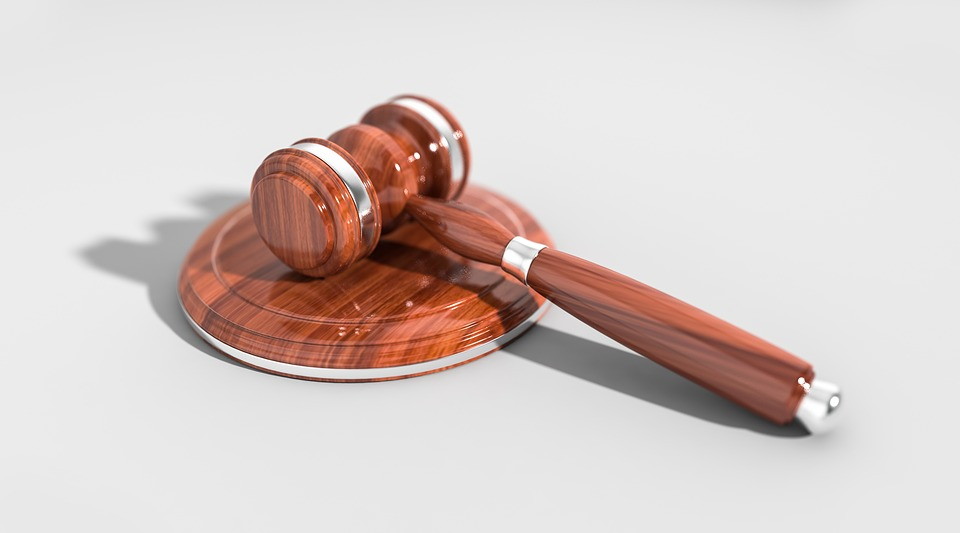
Simply put, knowing details of proving negligence will ensure you get justice. A lawyer will tell you this falls under tort law and just like other branches of tort law, there are many attorneys specializing in negligence. The definition of negligence is pretty simple. How it is treated in court and proving it is where complexity arises.
We’ve prepared five vital steps of proving negligence to build a good legal case. Keep reading to learn more!
Establishing Duty
Duty is the obligatory service or conduct expected from one’s position. By its definition, it can be applied more broadly but some definitions get narrower. In the legal profession, duty is considered in two aspects.
Duty of care: Expected to under certain circumstances in any reasonable way
The special duty of care: This is imposed by statutes and may be an addition or substitute for the duty of care. Simply put, one is obligated to perform in a certain way failure to which it’s negligence.
Breach of Duty
When there is a breach of duty, a certain degree of negligence can be established. This is perhaps the most important element in court- proving negligence. Determining the degree of breach of duty is where everything gets complicated.
You must prove beyond a reasonable doubt that the defendant fell short of what is expected under those circumstances. Consult with an attorney from a reputable law firm to help you prove reasonable care wasn’t provided. They have experience in dealing with personal injury cases and know the details needed to build a watertight case.
Actual Cause
In law this is also “cause in fact” and it is straightforward- determining the cause of the injury. For instance, if a framed photo falls on you while visiting your neighbor, the homeowner might be responsible for the injury.
Note: actual cause might not be the first act that sets motion to events that lead to an injury, or the last event just before the injury. Rather, it is any action, whose occurrence produces consequences.
Various questions need to be addressed. Was the actual cause an act of negligence by the defendant? Were there any mitigating factors that the defendant would have had to prevent the event? The case goes to a proximate cause in case of any ambiguities in the actual cause.
Proximate Cause
Proximate Cause is the event with relevance enough to be deemed by the court as behind the injury. It is trickier than the actual cause and uses two tests:
- But for
- Substantial factor
Simply put, would the injury have occurred “but for” the negligence on the part of the defendant?
And, were the actions of the defendant a substantial factor in causing personal injury?
In the example above, someone was negligent in leaving a loose framed photo hanging. Determining it was the fault of the homeowner is the challenging part. Is it fully the fault of the homeowner or someone else who was involved? It could have been their children or the cleaners who were negligent in their duty of care. Proximate cause and actual cause goes hand in hand as the causations. As a plaintiff, you must prove that there indeed was the proximate and actual cause of negligence.
Setting Damages
Where do you start when you have been injured or had your property damaged as a result of someone else’s fault? The law allows you a series of steps and a process that ensures harm is established and you’re rightfully compensated.

The outcome determined by the court for the defendant’s actions is known as damages. The law simply defines it as the money imposed on the defendant for breach of duty or any other violation of rights. Essentially, suing for damages seeks to be compensated for the injury or harm caused to both person and property. Generally, the remedy is in monetary form paid to the plaintiff. Most claims will involve the defendant, their insurance provider, and the defendant. It gets complex in determining the compensation and the services of an experienced personal injury attorney are required. A great attorney will be on your side fighting for your rights.
That’s great, what are some negligence torts? Medical malpractice from administering wrong medications to misdiagnosis among others. Fall and slip accidents from safety hazards car accidents where there is a lack of care from the other motorist
Also, there are strict liability torts where there’s certainty in causation. These torts include and are not limited to defective products, animal attacks, and similar situations.
Chicago’s laws are very detailed and complex. And, negligence tort law is no exception. Make sure you enlist the services of an experienced attorney to get on your side and fight for you! Success doesn’t come easy when you go alone.


